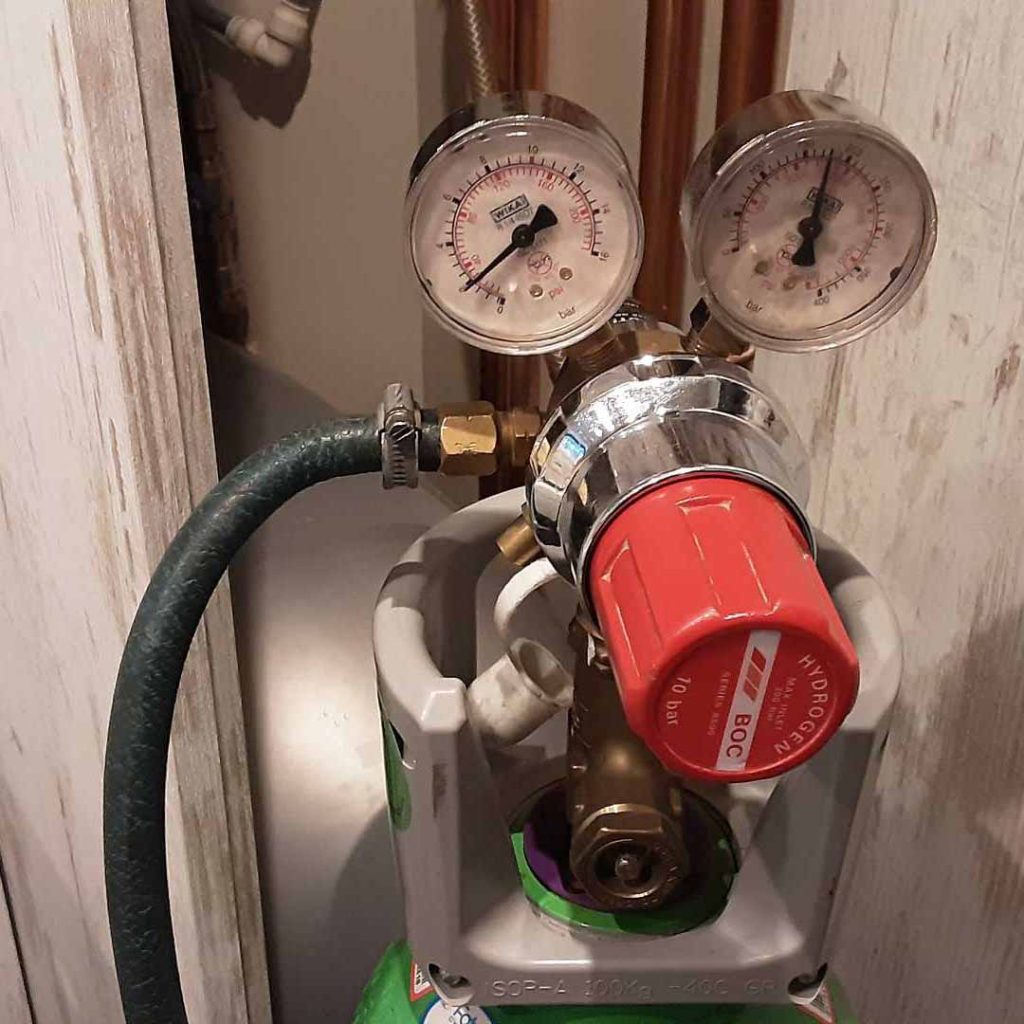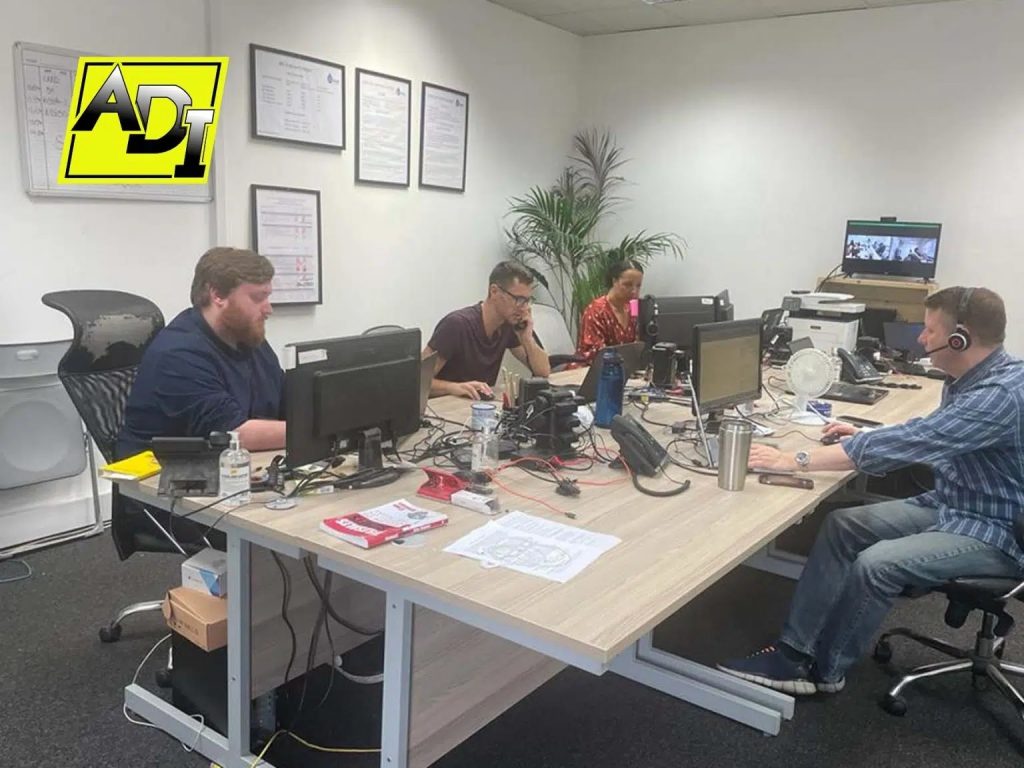Pressure Testing in Leak Detection
Pressure testing is used in leak detection to confirm if a sealed pipe system does, or does not have a leak.
Pressure testing is the process of testing pipework for leaks using pressurised Hydrogen / Nitrogen gases (Tracer Gases).
The pipework is held under pressurised with Tracer Gases to 1.1 times its normal working pressure in England and Wales.
BS EN 806 “Specifications for installations inside buildings conveying water for human consumption” regulations state that 1.5 times the working pressure should be used when testing pipework in Scotland
A reduction in pressure confirms a leak in the pipework being tested.
Pressure testing is otherwise known as Hydrostatic testing. Hydrostatic testing uses water to test for leaks. Our method uses gases instead of water.

Reasons why we use 95% Nitrogen / 5% Hydrogen for Pressure Testing:
- Hydrogen (H) is the smallest molecule on the periodic table and rises through almost any material.
- Hydrogen (H) is a molecule contained in water (H2O)
- Hydrogen (H) is flammable.
- Hydrogen (H) is traceable using specialist hydrogen sensors.
- Nitrogen (N) is non flammable and is in the air we breath.
- Nitrogen (N) mixed with Hydrogen (H) at a ratio of 19:1 (95% / 5%) creates a tracer gas which is non flammable gas, perfect for pressure testing.
- Nitrogen (N) mixed with Hydrogen (H) at a ratio of 19:1 (95% / 5%) is totally safe for testing domestic and commercial plumbing pipe systems.
Which systems can pressure testing be used on to find leaks?
- Central Heating Systems
- Underfloor Heating
- Water Mains
- Cold & Hot Water Pipes
- Swimming Pool Filtration Systems
- Irrigation Systems
How long does a pressure test take?
The time taken to carry out pressure test varies depending on the system being tested.
The pressure test lasts for is 60 minutes, if the pressure does not drop then the system being tested does not have a leak.
The complete process takes longer because of the time taken to drain the pipework, connect the pressure testing equipment, pressurize the system and refill the system after the pressure test is completed.
Will pressure testing find the location of the leak?
Pressure testing alone will not find the exact location of the a leak.
Tracer gas sensors or acoustic listening devices can be used to detect tracer gas escaping from the pipework.
Tracer gas escapes from the leak location and rises to the surface, revealing the location of the leak.
Call Today For Help With Pressure Testing Leak Detection
Our friendly, helpful and experienced office team are ready for your call.
Pressure testing is just one of the multiple methods of leak detection that we utilize to find hidden water leaks.
Our leak detection experts are located Nationwide and are ready to assist with finding your hidden water leak.








